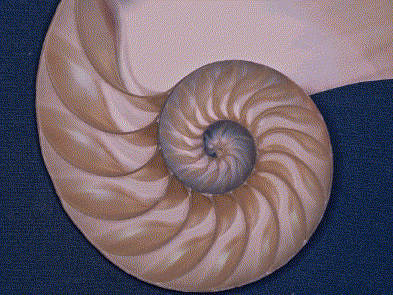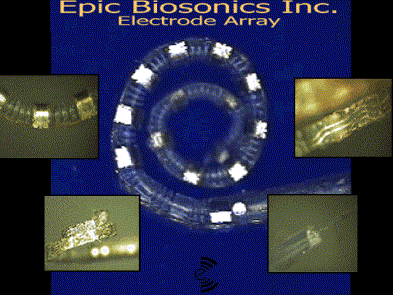Department of Medical Research, Epic Biosonics Inc., 777 Mountjoy Avenue, Victoria, British Columbia, Canada, V8S 4L1
E-mail address: [email protected]
doi:10.1016/S0531-5131(03)01134-8
Click here for the PDF version
As an otolaryngologist and medical researcher, with a particular interest in cochlear implants and implantable hearing aids, I have become involved in the relationship between engineers and medical biologists and have become aware of their different approaches to solving problems in these fields.
Technology is advancing rapidly in many scientific areas, including via chips, batteries, microelectronics, micromachining, nanotechnology, and important from our point of view microphone technology. In some cases, these advances open up the possibility of improvements in implants, both in the mechanical devices themselves and in the areas that will be referred to as points of contact: the areas of contact between human tissue and the mechanical device. It is at these points of contact that new technology and its applications seem likely to provide a source of improvement for the development of innovations in implants. The combination of the engineering, anatomical and physiological knowledge is necessary for the optimal development of new devices. Teamwork, with interaction between the skills of the engineer and the clinician, is at the core of implant innovation. In general, it has been my experience that the engineers tend to simplify the problem from a physical point of view. Their initial objective is to refine it into a form that can be dealt with mathematically and used to produce a prototype, which can then be constructed and tested. On the other hand, the medical biologist tends to conceptualize an ideal adaptation to the existing organic anatomy; it is therefore helpful if the medical biologist has some understanding of the potential and limitations of engineering science. Successful collaboration relies on the ability of members of these two disciplines to capitalize on each other's skills and knowledge. The medical biologist may not be aware of the capability of present-day engineering, but can provide challenges to the engineers to construct new devices. In considering this coming together of different disciplines, I will provide an example from recent experiences in the development of an improved electrode array for cochlear implants.
The seashell in Fig. 1 illustrates an organic form and is a reminder of the complexity (and often beauty) of organic shapes. It also illustrates growth. This can clearly be seen from the septa, which represents the shell of the animal at different ages. It is clear that engineering considerations have to allow not only for the static structure, but also for the growth of the individual. This is especially important as cochlear implants are currently being implanted in very young patients and will have to function during the growth of anatomical structures that occurs during childhood. The engineer also has to construct a device that is capable of adapting to the complex mathematics of the organic shape and to the fact that some tissues move during normal activities. Allowance also has to be made for growth. During the period from birth to adulthood, the measurement of the distance from the round window to the surface of the mastoid bone grows approximately 2 cm (personal studies). This has to be allowed for in the design of a conventional cochlear implant.
The cast of the cochlea, in Fig. 2, shows some similarity in shape to the shell in Fig. 1, and it also demonstrates the slightly conical nature of the scala tympani as it winds around the modiolus in 2 1/4 turns with an increasing angle of curvature. As this occurs in three dimensions, the mathematics are complex.
The electrode array of a cochlear implant needs to match this complex anatomy. It also has to fill the length of the scala tympani and carry electrodes oriented to face the modiolus. The device also has to allow for variations in size and shape due to gender, ethnic differences and genetic disorders. The same electrode array has to be capable of being inserted atraumatically, following the direction of the medial surface of the cavity of the scala tympani, rather than the outside curve, and minimising the risk of perforating the basilar membrane. It also has to be capable of being removed atraumatically, if necessary, and replaced.
When these requirements were initially explained to our engineers, they said that it was impossible to fulfil them. Fortunately, in a sense, this problem had already been solved in nature. The proboscis of the butterfly curls up in a spiral under its head and can be extended and even overextended. Using it, the butterfly can feed on nectar that lies at the bottom of long thin curved tubules in the flower. Our engineers studied the construction of the proboscis of the butterfly, and combined this information with engineering techniques to construct an improved electrode array (Fig. 3).
In summary, it has been my experience that kinetic teamwork is needed to produce improvements in implanted devices. This involves a degree of lateral thinking, and requires mutual respect and understanding among the different members of the team.




